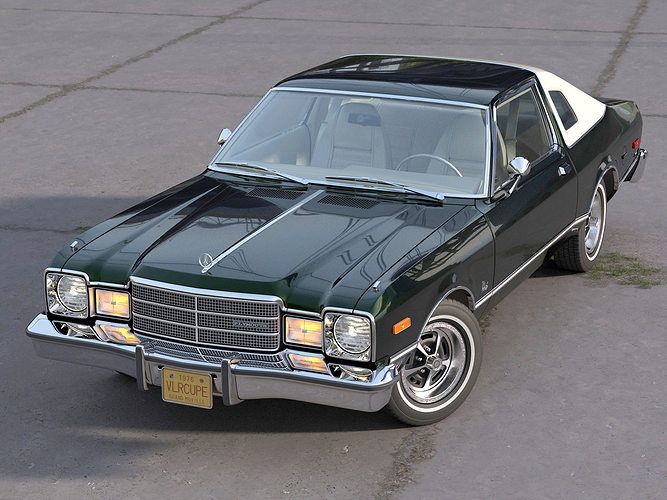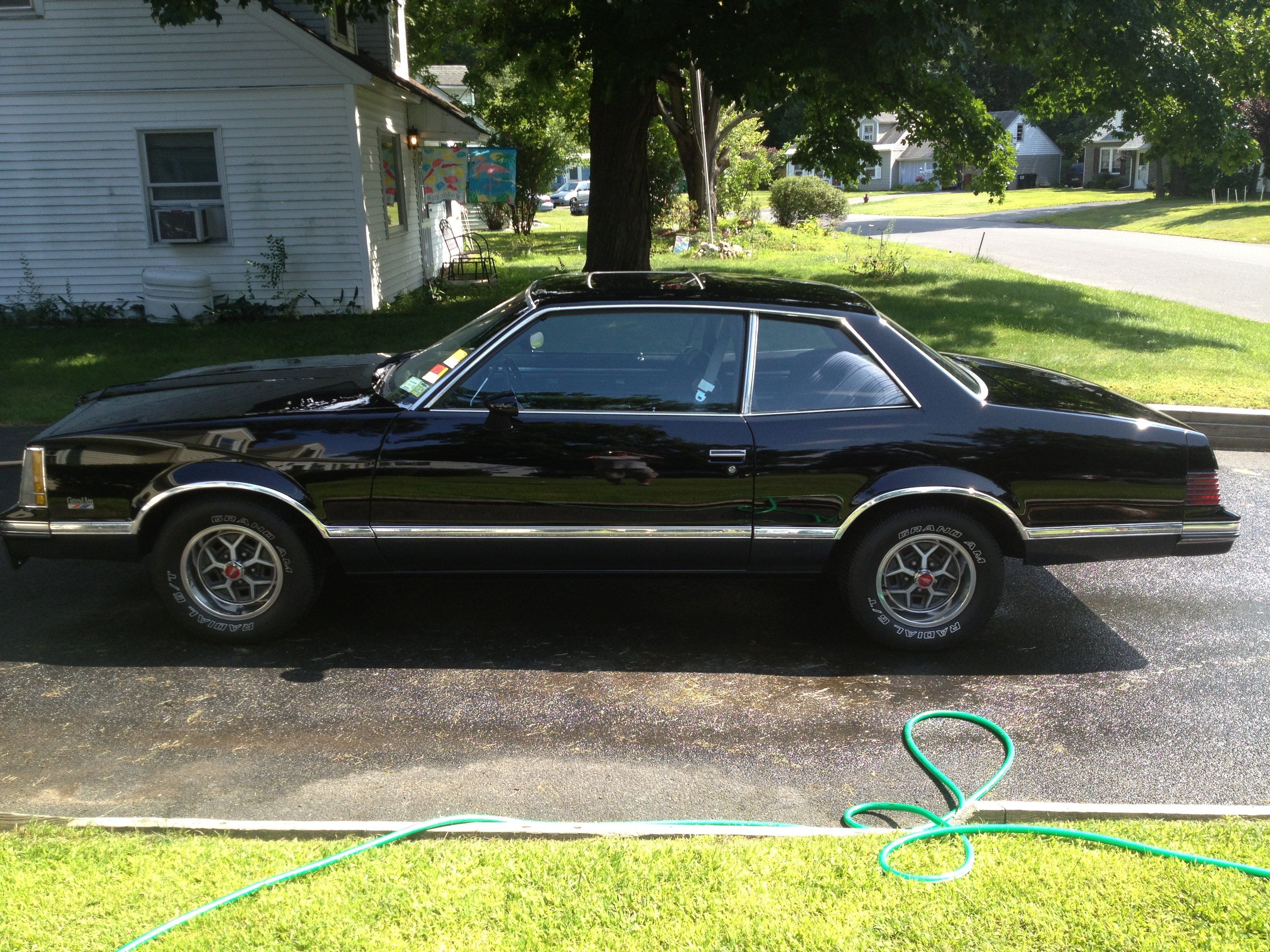Before going defunct, Pontiac and Plymouth were among the most recognizable car brands in the United States, thanks to their muscle cars. In its heyday in the 1960s, Pontiac contributed greatly to the muscle car movement with a lineup of GTOs and the first-generation Firebirds. But since no car company is perfect, Pontiac also had its fair share of misses, some of which we can even describe as phenomenally terrible.
Over at Chrysler, the Plymouth boys graced the tarmac with the likes of the Savoy Super Stock 413, the Superbird, and one of the best classic muscle cars – the Hemi ‘Cuda. Unfortunately, years after rolling out their last models, echoes of their failures are still being felt in the industry. That said, here are 5 Plymouth muscle cars we wouldn’t touch with a ten-foot pole and 5 Pontiacs.
10 Plymouth: 1969 ‘Cuda 440
Ironically, it is not the lack of power that places the 1969 ‘Cuda 440 on this list, but rather, an excess of it. The large 7.2-liter V8 under the hood makes a healthy 375 hp and 480 lb-ft of torque, leaving no space for a power steering unit.
With a 57:43 weight distribution, the lack of steering assistance makes the ‘Cuda 440 difficult to maneuver at low speeds. Furthermore, the lack of power brakes affects its stopping power while the excess torque compromises traction in drag racing starts.
9 Plymouth: 1976 Volare
When the Plymouth Volare and the nearly identical Dodge Aspen debuted in 1976, they got rave reviews for their sophistication. However, the positive reception was short-lived as the ’76 Volare soon became notorious for poor driveability, stalling, and premature corrosion of the front fenders.
Other problems included the failure of the front suspension, seatbelt failure during hard acceleration, and corrosion of the front brake lines due to spilled battery acid. With a total of 8 serious recalls for poor build quality, it is not surprising why we kept our distance or why buyers kept away then.
8 Plymouth:1980 Volare
After struggling with a horrible reputation for 4 years, the 1980 Plymouth Volare entered its final year as one of the worst muscle cars ever. By then, the best engine it got was a 5.2-liter V8 that cranked out 120 hp to roll it to 60 mph in 14.1 seconds. To say the least, this is quite pathetic for a muscle car, and to worsen a bad situation, the engine has poor fuel economy.
Like the 1976 model, the 1980 model was an awful car with unaddressed safety issues that included bad seat belt latches and the potential of catching fire due to the poor location of the fuel vapor line.
7 Plymouth:1962 Fury Convertible
After the ridiculous permanent frown worn by the 1961 Plymouth Fury, dealers and buyers were ready for something fresh from the design department for the 1962 model. When it arrived, its styling was still a big turn-off that resulted in poor sales, which prompted management to bring back the Sport Fury trim package.
Moreover, coming in as a downsized model built on a new platform did nothing to help its poor reception. It is quite sad that a very fictional car with powerful engine options should suffer so much for its looks.
6 Plymouth: 1976 Duster
The Plymouth Duster was a day one hit when it arrived in 1970, with a whopping 217,192 2-door versions leaving dealerships in its first year. Several engine choices were offered for motivation, including a 5.6-liter small-block V8 unit that churned out a healthy 275 hp.
Rising gasoline prices led to a steady decline in engine outputs, and by 1976 the Duster’s top engine made just 220 hp. Even the Feather Duster package offering with a 100 hp slant-6 engine failed to tempt customers – only 34,681 1976 Dusters left the showrooms.
5 Pontiac: 1973 LeMans GTO
The 1973 GTO, offered as an option package on the Plymouth LeMans, came with several bad features that kept potential buyers away. Firstly, the base 6.6-liter engine making 230 hp and the optional 7.5-liter engine making 250 hp were not quite powerful enough for the GTO’S nearly 4000-pound weight.
Secondly, buyers were not too keen on the ugly federal-mandated 5 mph bumper, the fixed rear side windows, and the new “Colonnade” hardtop styling. Dealers could only move 4,806 ’73 GTOs due to poor styling, underpowered engines, and a lack of promotion.
4 Pontiac: 1980 Grand Am
It is often saddening to watch as a one-time fire-breathing muscle car gradually becomes a shadow of itself. Despite gaining a new suspension, sway bars, and a spruced-up interior, the Plymouth Grand Am entered 1980 weaker and unappealing.
The only engine option offered outside California for the model year was a 4.9-liter Pontiac V8 unit that produced 170 hp. Pontiac moved only 1647 units of the 1980 Grand Am before it was discontinued, only to be revived in 1985 as an FWD economy car.
3 Pontiac: 1982 Firebird
Restyled for the third generation, the 1982 Pontiac Firebird featured a shorter wheelbase, a steeper windshield, flush-mounted side glass, and electronically controlled retractable headlamps. It also got the first 4-cylinder engine in a Firebird, a 2.5-liter Pontiac “Iron Duke” that cranked out a shameful 90 hp.
Furthermore, the bodies were not well built and featured poor quality materials, while the interior had lots of cheap plastic. The parking brakes, seat belts, air conditioning unit, front suspension struts, and steering parts all developed faults in a car that came with a premium price tag.
2 Pontiac: 1966 Tempest LeMans OHC Sprint 6
Completely restyled for 1966, the Tempest LeMans lineup got more rounded bodylines and a coke bottle design like its full-size siblings. It also got a new 3.8-liter Pontiac OHC I-6 engine that produced 165 hp in the base version and 207 hp when fitted with the optional 4-barrel carburetor.
Although the innovative engine developed adequate power and had a pleasant exhaust rumble, buyers weren’t very enthusiastic about 6-cylinder Pontiacs. In addition, the scarcity of parts like the tail lamp lenses, grille halves, rear quarter panels, and tail panels would make restoration of the Sprint difficult.
1 Pontiac: 1974 GTO
To check declining sales, Pontiac downsized the 1974 GTO by switching to the compact GM X-body platform. The only engine offered was a 5.7-liter Pontiac V8 unit with an output of 200 hp and 295 lb-ft of torque.
Performance-wise, all it could manage was a 7.7-second waltz to 60 mph, and it took a sedate 15.72 seconds to hit the quarter-mile at 88 mph. Although sales had improved slightly, the ’74 GTO was too shaky and underpowered to wear the GTO badge.
Read Next
About The Author




















